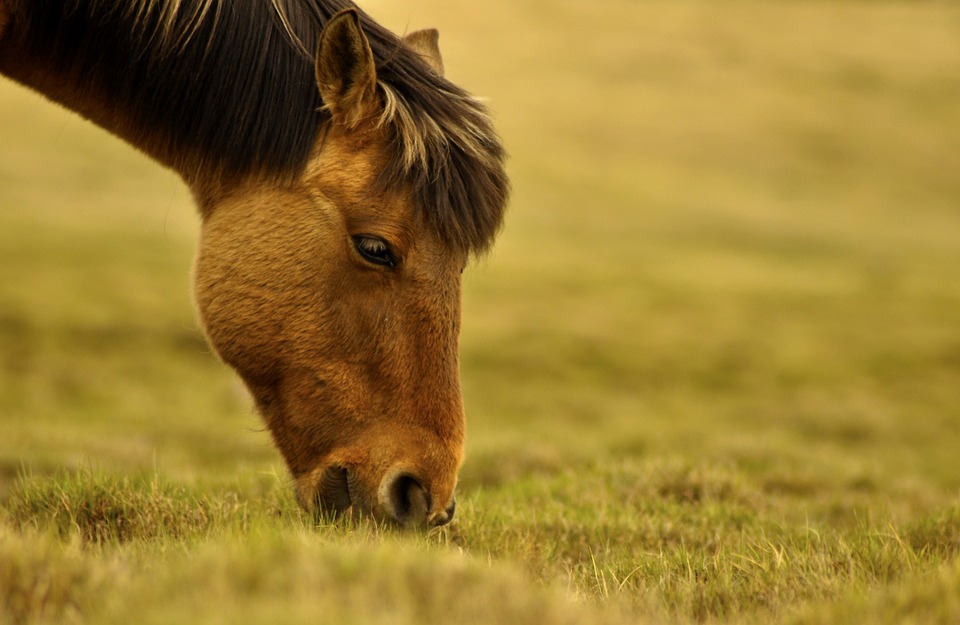In a move to combat the illegal trafficking of wildlife, Beijing implemented a revision of its Wildlife Protection Law in 2023. This revision expanded the list of protected species in China and criminalized the sale and consumption of meat from certain animals. The decision to strengthen these laws comes as a response to the alarming rates of wildlife trafficking in the country.
According to data published by the United Nations Office on Drugs and Crime, China has been identified as the leading destination country for pangolin trafficking interceptions between 2002 and 2019. With a staggering 221,843 seizures reported between 2011 and 2018, it is clear that the illegal wildlife trade is a significant issue in the region. Nigeria was identified as the country of origin with the highest number of seizures, followed by the Democratic Republic of Congo, Cameroon, Malaysia, and Ghana.
The use of traditional medicines derived from wildlife varies by region in China. A survey conducted in 2020 revealed that a vast majority of Chinese online respondents (96.6%) are against consuming wild animals, while 78.9% are opposed to using wildlife products such as fur and bones. This shift in public perception reflects a growing awareness of the importance of protecting endangered species and preserving biodiversity.
The Wildlife Seizure Dashboard provides valuable insights into the global nature of wildlife trafficking. The data shows that the illicit trade in wildlife is truly international, with seizures occurring across regions. In the years 2013-23, the platform recorded the highest number of intra-regional seizures in Asia, with 1,055 interceptions taking place within the continent. Additionally, there were 382 seizures reported within Africa, highlighting the prevalence of wildlife trafficking within the region.
Inter-regional seizures were also significant, with the highest number reported from Africa to Asia (343). While the numbers were lower, seizures were also recorded from Asia to Africa, Europe to Asia, and vice versa. Latin America had fewer total seizures, indicating a lower level of wildlife trafficking activity in the region. It is important to note that these figures only represent successful seizures and do not provide a comprehensive overview of the extent of illegal wildlife trade globally.
In conclusion, Beijing’s efforts to strengthen wildlife protection laws and crack down on illegal trafficking are crucial steps towards preserving endangered species and combating the illicit trade in wildlife. Public awareness and international cooperation are essential in addressing this pressing issue and safeguarding the world’s biodiversity for future generations.





